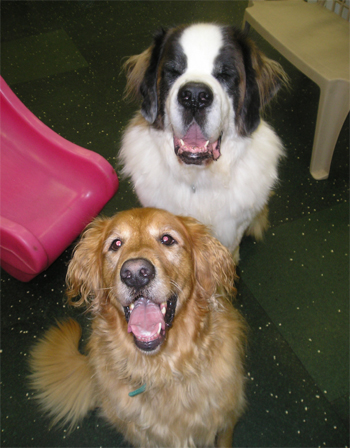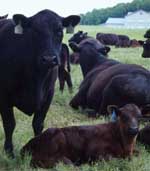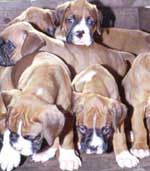 |
 |
 |
 |
 |
 |
|
|
|
 |
Incision through common (parietal) vaginal tunic |
|
 |
Lateral view of testis showing epididymis, vas deferens, and the rest of the spermatic cord |
|
 |
Medial view of testis showing vas deferens and the rest of the spermatic cord. |
|
 |
Cremaster muscle | |
low power |
high power |
Seminiferous tubules & interstitial cells |
|
bovine spematozoa |
Spermatozoa are produced in the seminiferous tubules and stored in the epididymis until ejaculation. Testosterone, the male sex hormone, is produced by cells located between the seminiferous tubules.
The vas deferens is a muscular tube that carries spermatozoa up to the urethra during ejaculation.
Accessory reproductive glands contribute various components of semen. They are not each present in all species.
| Prostate gland is present in all common species. | |
| Bulbourethral glands are not present in the dog. | |
| Seminal vesicles are not present in the dog and cat. |
The urethra transports both urine (routinely) and semen (during ejaculation). The accessory reproductive glands and the vas deferens open into the pelvic portion of the urethra.
The penis is the male organ of copulation. It is composed of the roots, which attach it to the pelvis; the body, which is composed largely of erectile tissue; and the glans, the most sensitive portion at the tip. Erection of the penis occurs when more blood enters the erectile tissue than leaves it. This produces stiffening and protrusion of the penis from the prepuce, the fold of skin that surrounds the non-erect penis.
 |
Penis and prepuce |